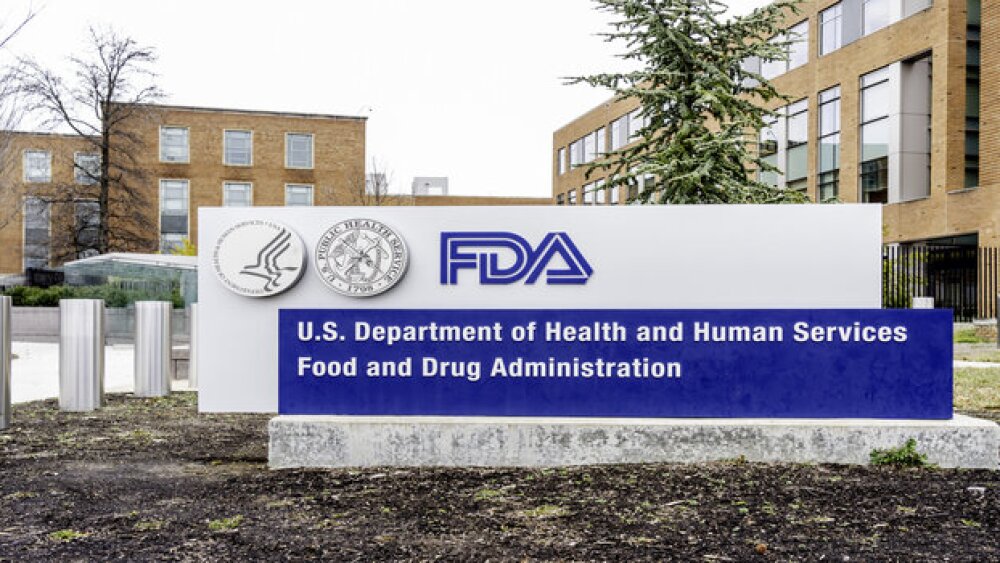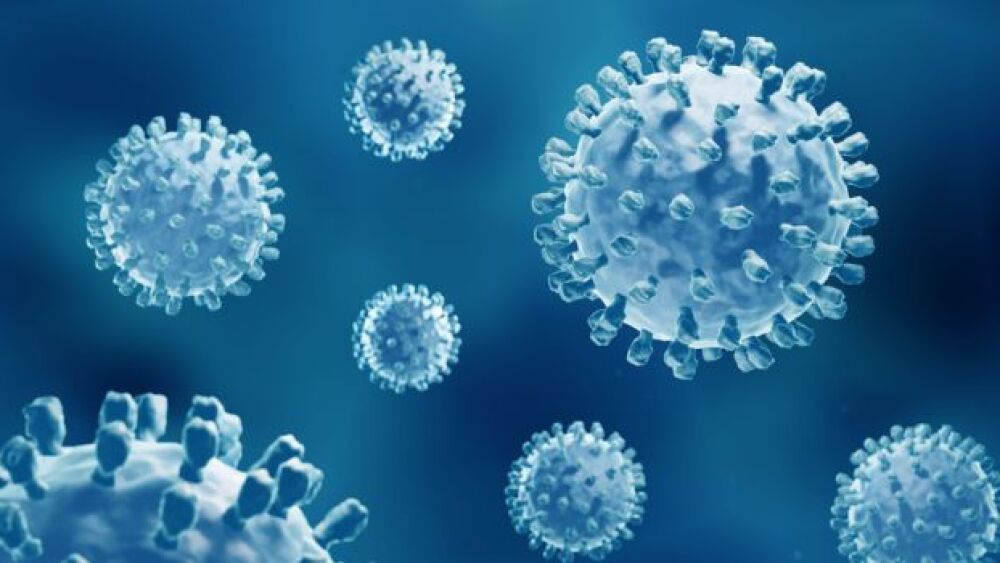One hundred out of nearly 38,000 U.S. emergency workers inoculated with smallpox vaccine became seriously ill from the shot, which experts termed a relatively low rate of adverse reactions, their report said on Tuesday.In 1980 the World Health Organization (WHO) declared smallpox eradicated globally, while childhood inoculations in the United States ceased in 1971.But fears of a bio-terror attack employing the virus prompted the U.S. government in 2003 to create the voluntary vaccination program for so-called first responders such as police and health care workers.The U.S. Centers for Disease Control and Prevention in Atlanta monitored reactions to the vaccine among the 37,901 emergency workers, finding that 722 suffered “nonserious adverse events” while 100 others became seriously ill.Most reactions showed up within two weeks of the shot, with 21 involving inflammation of muscular tissue or a membrane around the heart, lead researcher Dr. Christine Casey wrote. Ten patients had ischemic events such as strokes that had not been seen before, two had skin eruptions and one developed inflammation of the brain.Eighty-five patients recovered after a hospital stay, two suffered permanent disabilities, 10 had life-threatening illnesses and three died, the report published in this week’s issue of the Journal of the American Medical Association said.Improved screening for potential heart, skin or other problems would cut down on adverse reactions and a smallpox vaccine under development may reduce them further, it said.Another vaccination program begun earlier inoculated nearly 600,000 members of the U.S. military.A related study in the journal said the two U.S. vaccination programs had triggered relatively few adverse neurological reactions, and most were mild.Out of more than 600,000 people inoculated in the two programs, 214 had adverse reactions ranging from transitory headaches to cases of encephalitis, a potentially dangerous inflammation of the brain and spinal cord, researchers at the Centers for Disease Control said.Other infrequent reactions including Guillain-Barre Syndrome, a temporary inflammation of the nerves, causing pain, weakness, and paralysis in the extremities; and Bell’s palsy, a paralysis of the facial muscles.One person who suffered a seizure died.




